I was reading the literature to see what to expect with the Crossman Legacy 1000. I didn’t actually realize that it is a twelve pump maximum, not a ten pump. Let me tell you, that is a heck of a lot of pumping. In this experiment, I am measuring the velocity of each number of pumps to determine if it at what point is the work of pumping diminishing.
| 1 | 2 | 3 | 4 | 5 | 6 | |
| 1 | 219 | 399 | 497 | 565 | 618 | 657 |
| 2 | 223 | 400 | 504 | 562 | 615 | 659 |
| 3 | 226 | 392 | 498 | 568 | 617 | 662 |
| 4 | 231 | 400 | 502 | 561 | 616 | 666 |
| 5 | 226 | 398 | 493 | 564 | 622 | 664 |
| 6 | 220 | 402 | 494 | 568 | 618 | 664 |
| 7 | 220 | 396 | 500 | 566 | 611 | 663 |
| 8 | 225 | 389 | 499 | 563 | 618 | 669 |
| 9 | 232 | 397 | 502 | 559 | 623 | 665 |
| 10 | 218 | 398 | 497 | 567 | 613 | 668 |
| 224 +/-15 | 397 +/- 12 | 499 +/- 11 | 564 +/- 10 | 617 +/- 11 | 664 +/- 11 |
| 7 | 8 | 9 | 10 | 11 | 12 | |
| 1 | 701 | 726 | 752 | 775 | 798 | 812 |
| 2 | 700 | 732 | 755 | 781 | 796 | 808 |
| 3 | 698 | 727 | 751 | 779 | 799 | 803 |
| 4 | 688 | 730 | 760 | 781 | 793 | 802 |
| 5 | 695 | 729 | 758 | 771 | 790 | 810 |
| 6 | 695 | 729 | 758 | 772 | 797 | 803 |
| 7 | 699 | 725 | 763 | 774 | 798 | 811 |
| 8 | 696 | 728 | 758 | 773 | 798 | 807 |
| 9 | 695 | 724 | 757 | 777 | 795 | 809 |
| 10 | 693 | 723 | 757 | 777 | 789 | 811 |
| 696 +/- 11 | 727 +/- 8 | 757 +/- 11 | 776 +/- 11 | 795 +/- 11 | 808 +/- 11 |
One thing from the data that is very pleasing is that repeatability is extremely consistent. It is interesting that the standard deviation is very constant throughout the experiment. That means that the rifle is operating the same as well as the ammunition. This data was obtained using the Crossman Wadcutter pellet (7.4 grains) at muzzle velocity.
There is math to actually determine the optimum pump versus velocity return. It involves calculus, so not so simple and therefore I won’t put it in here. Without actually showing the math, I am going to give the answer: two pumps. I have graphed the data to make it much easier to see. The math says that the inflection point of the curve

Despite the fact that two pumps is the optimum efficiency, we probably want to take advantage of the more available velocity. So, this becomes a subjective decision. In my view, the optimum maximum is eight pumps. 727 fps is 90% of the maximum 808 fps which would save 4 additional pumps.
Going back to my point of aim, point of impact discussion a couple of weeks ago the shooter really needs to settle on goals because simply pumping less or changing ammunition can relate this whole conversation moot. What I am implying is missing the target. When shooting at something the size of a squirrel head, an inch makes a difference between hit or miss.
To boil this all down, what I am suggesting is knowing the performance curve allows the shooter to select the desired outcome and subsequently sight in accordingly. Once that is done, then the shooter needs to stick with (or at least check the outcome) of variable changes.
End Your Programming Routine: I promise, this is the last concurrent week of this testing. Next week will be something new. This experiment actually took some work because of all the pumping and there was a lot of math. I am very surprised at how well this curve fit into a logarithmic function. I suppose that means that physics and math really does describe the world. I have always said that math is only interesting if you care about the results and what it says. In this case, I do care about the results, but it is nice to see that math validates how everything works.
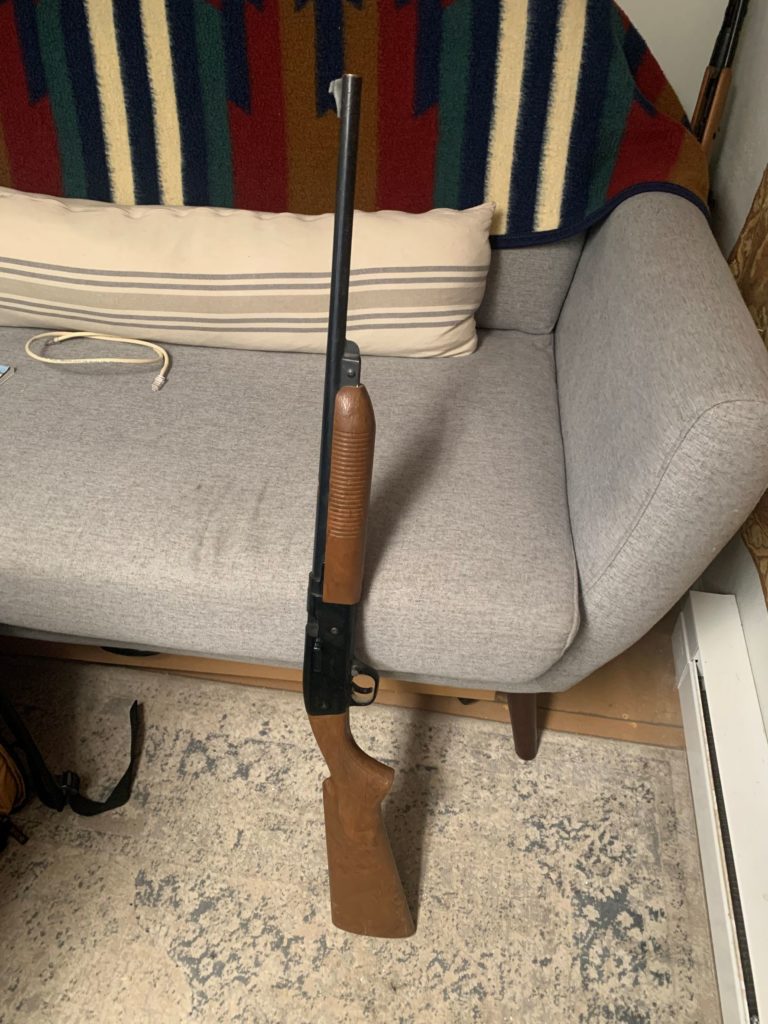
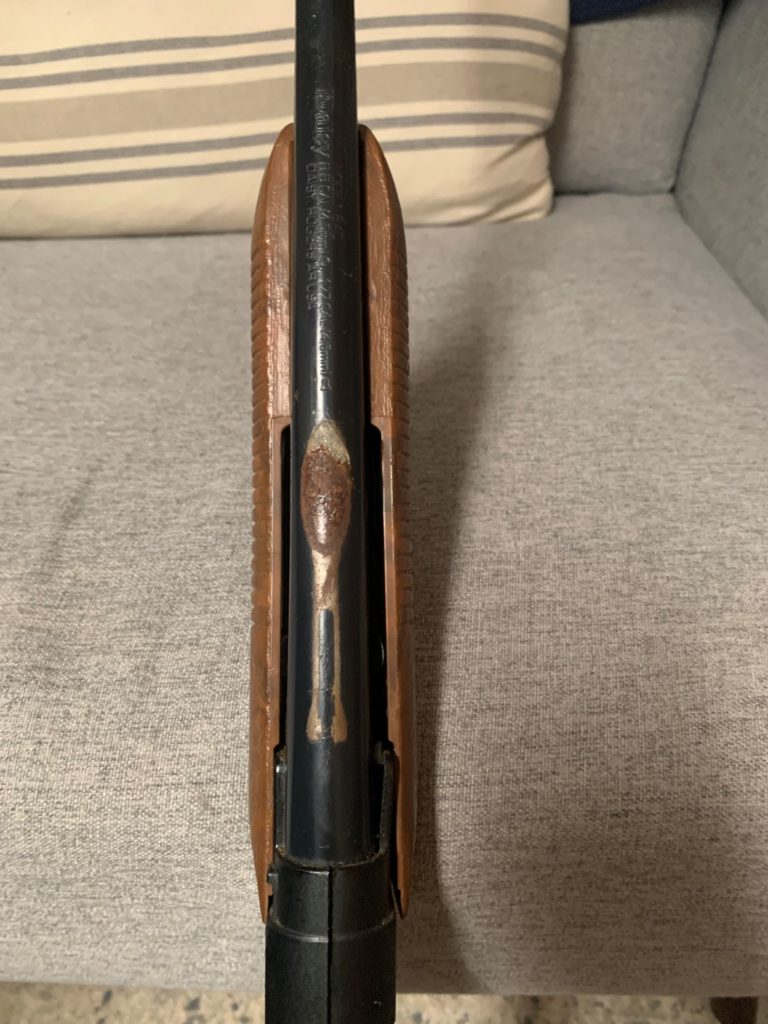
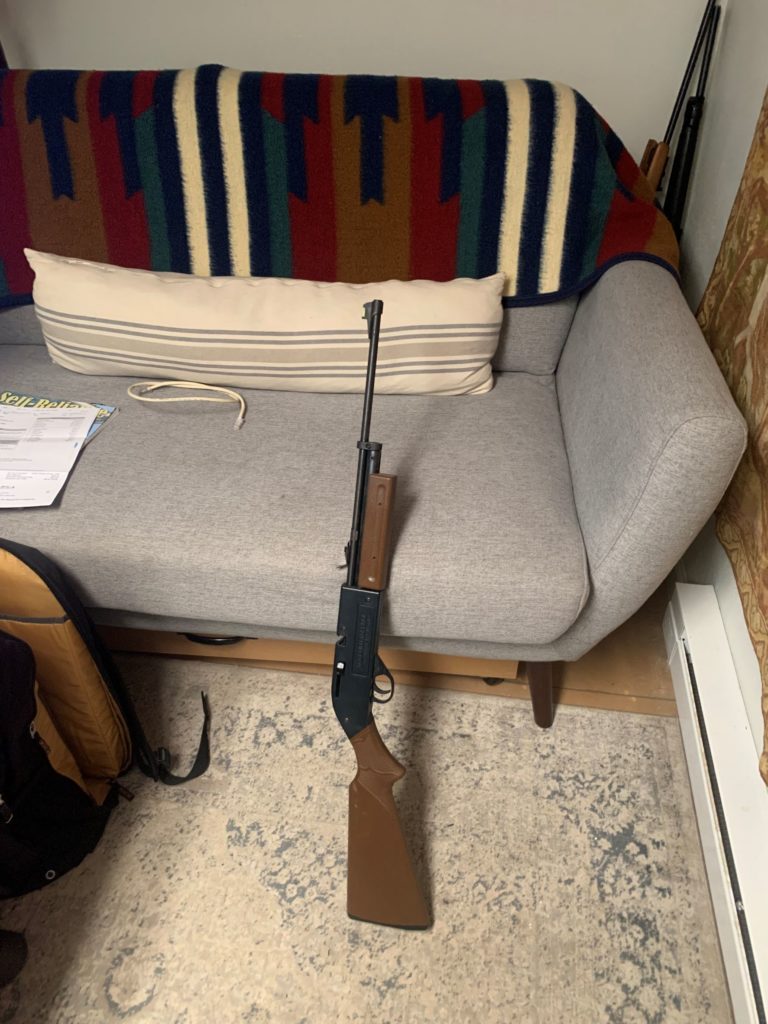

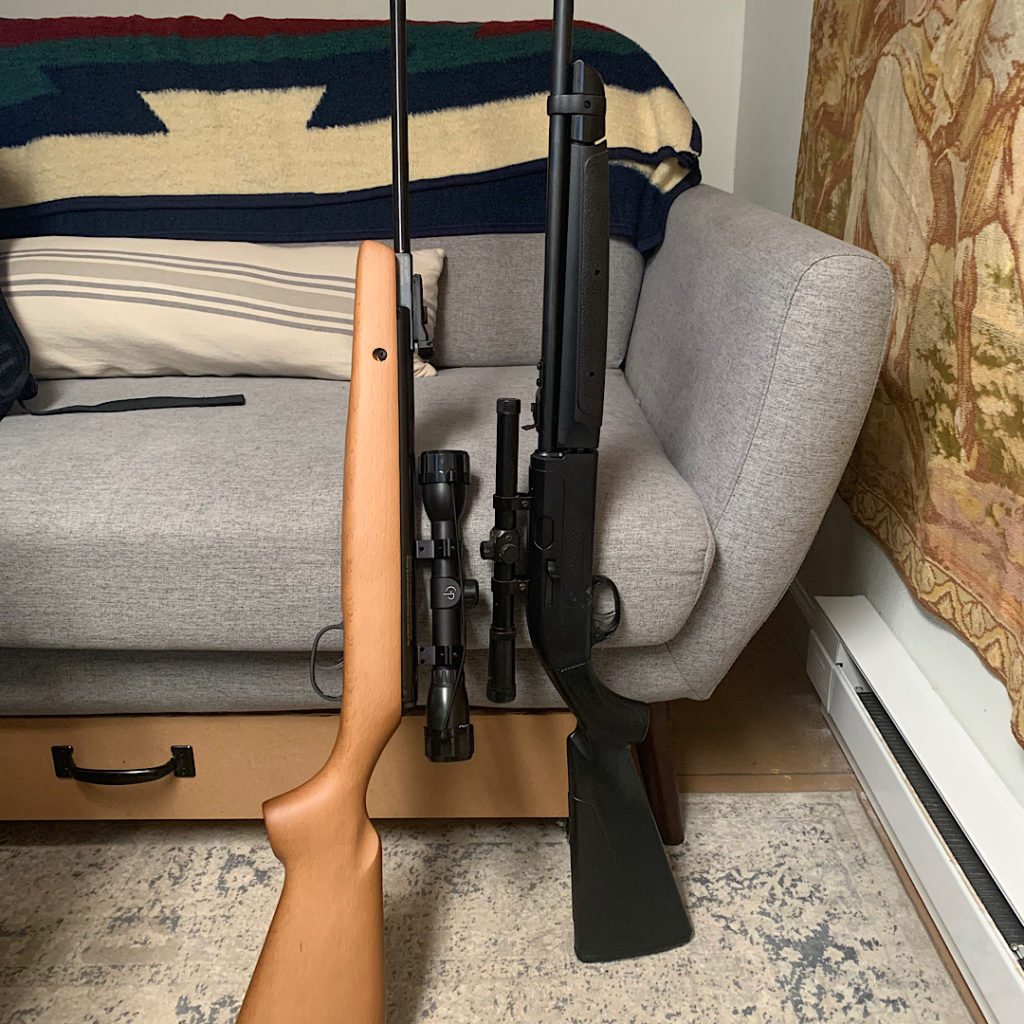


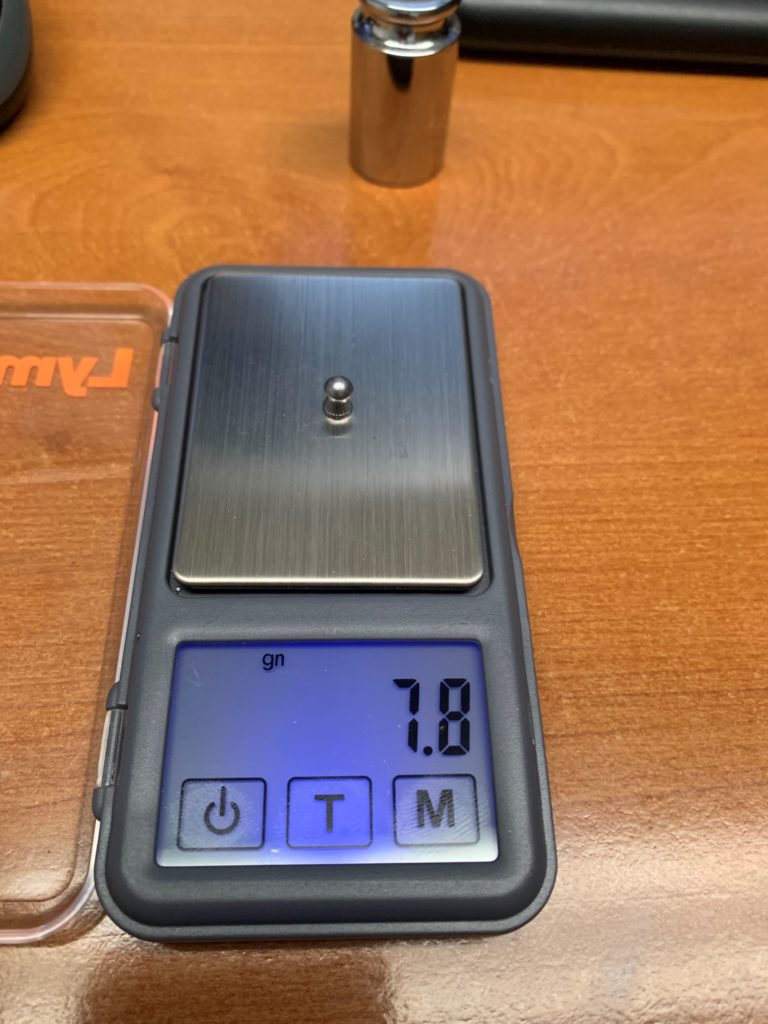
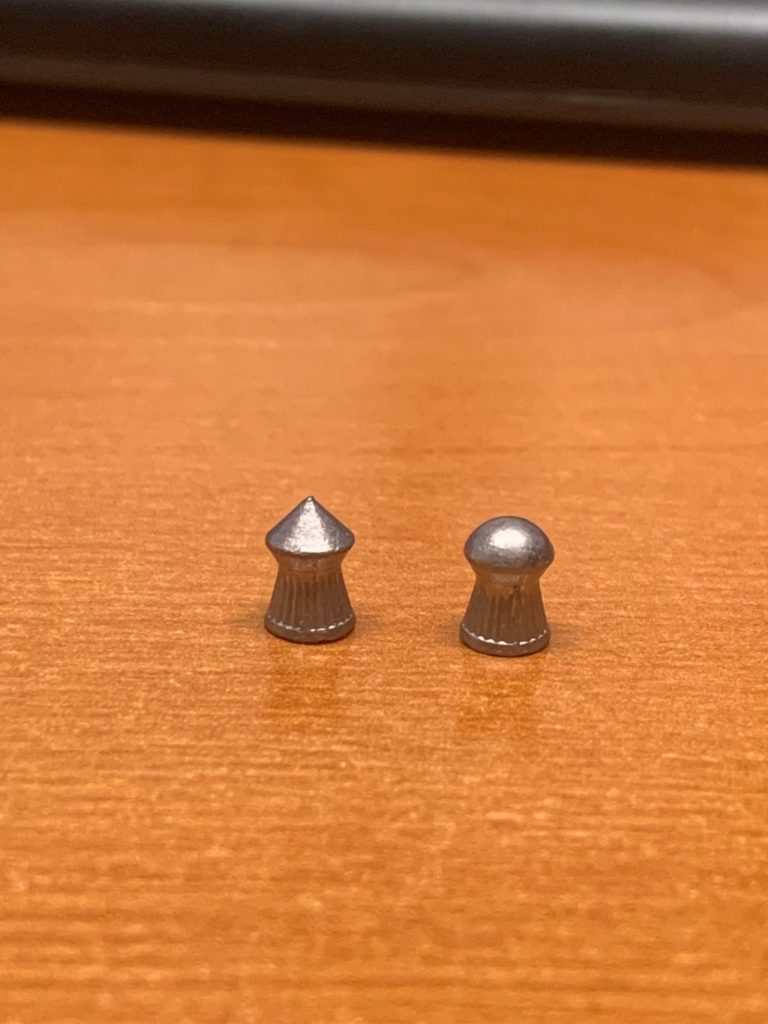
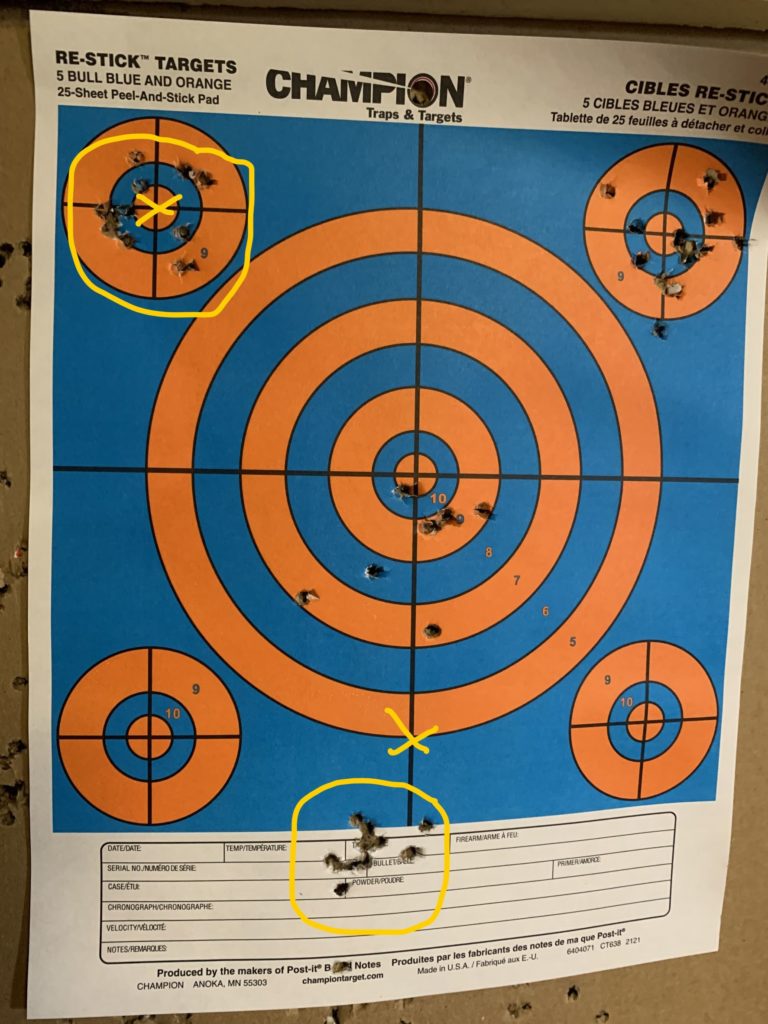
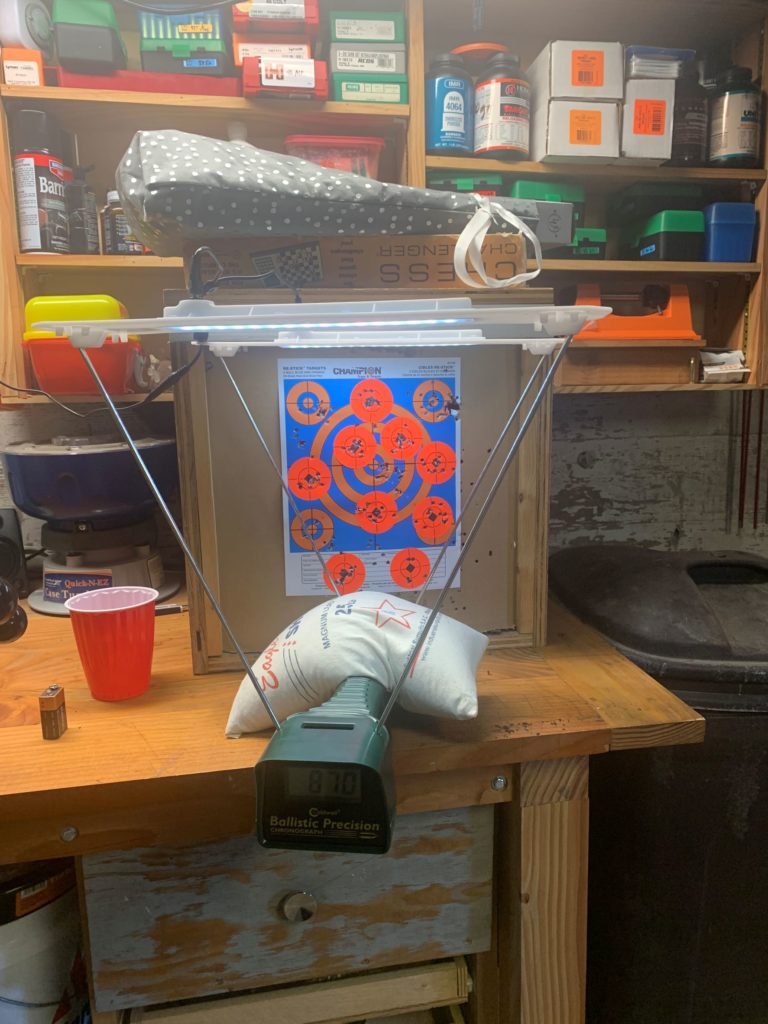
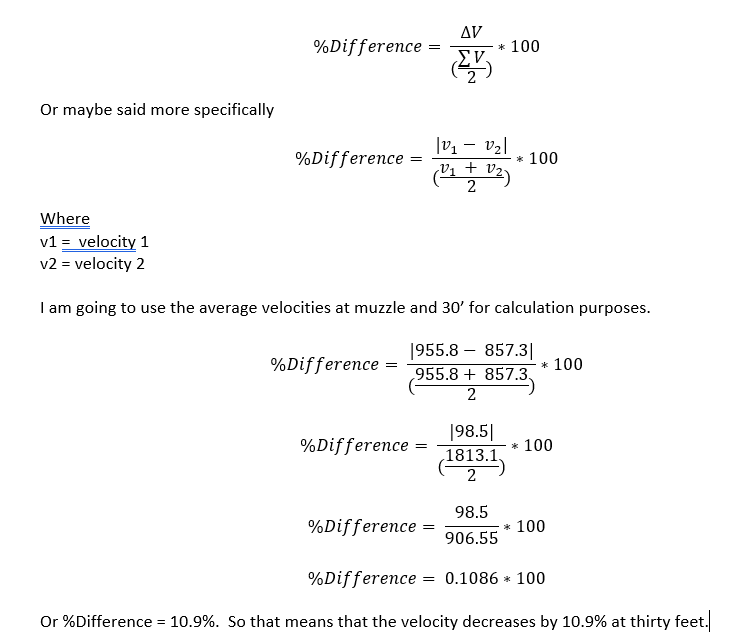
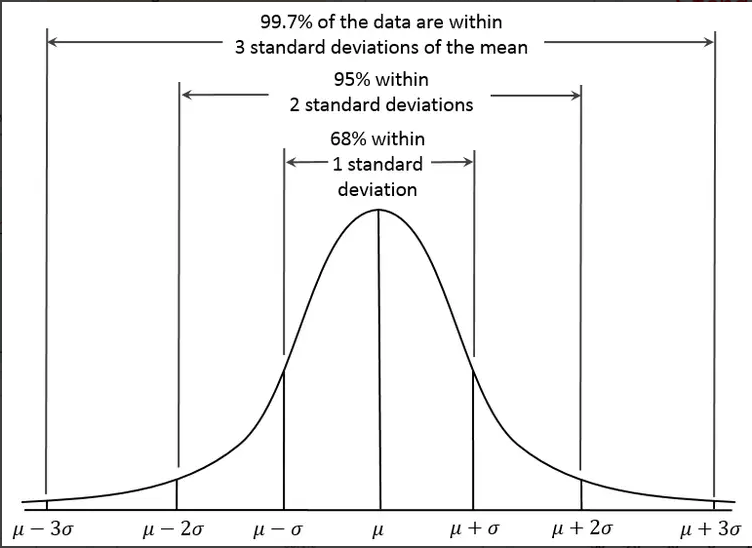
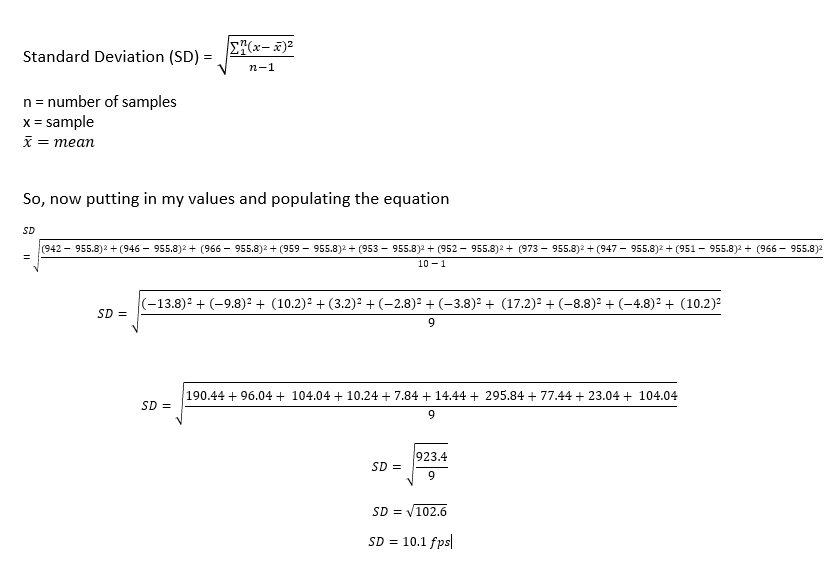


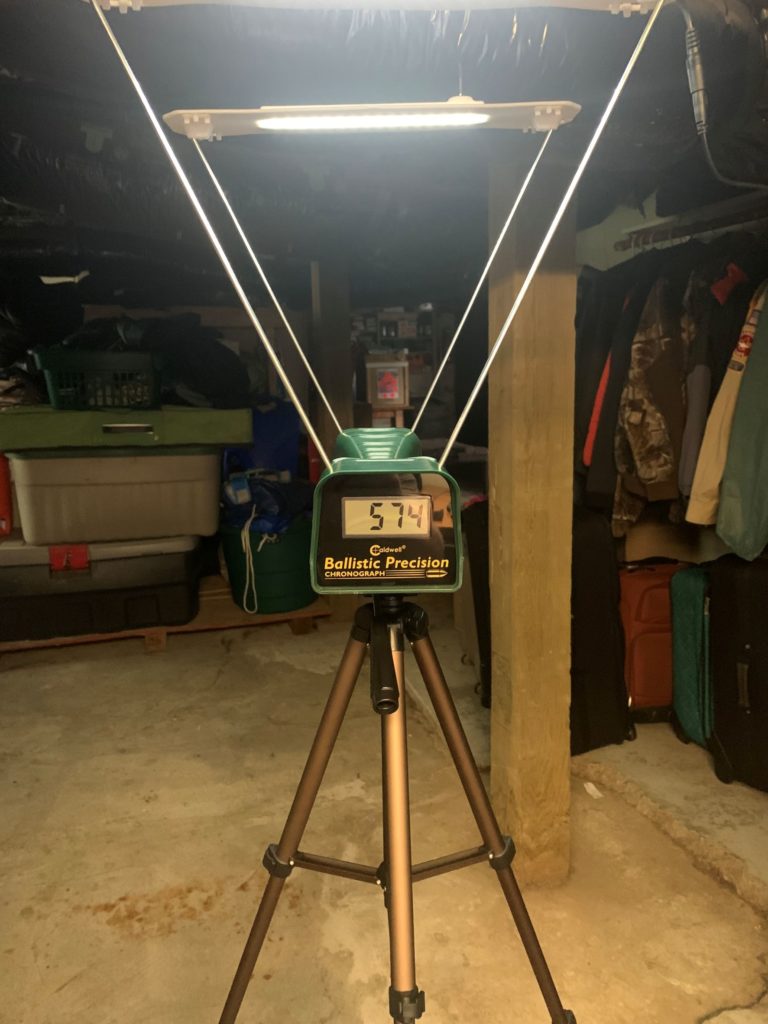
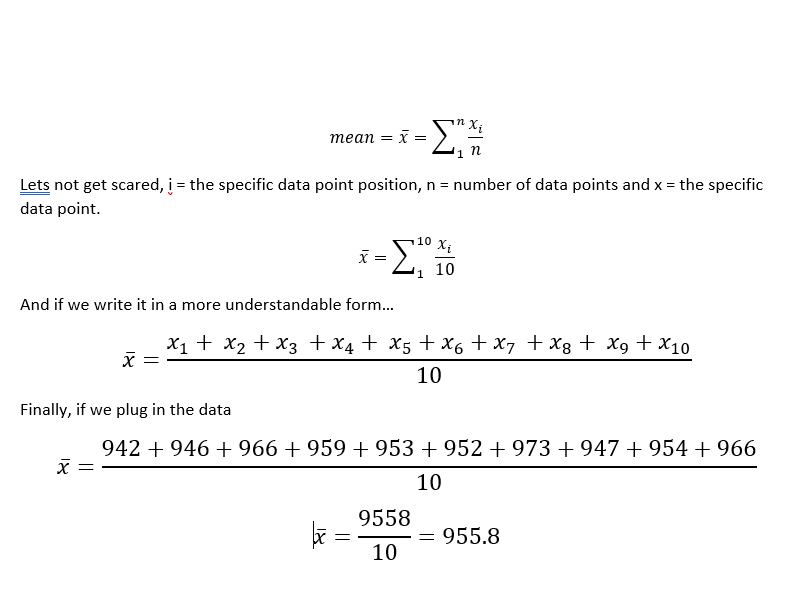
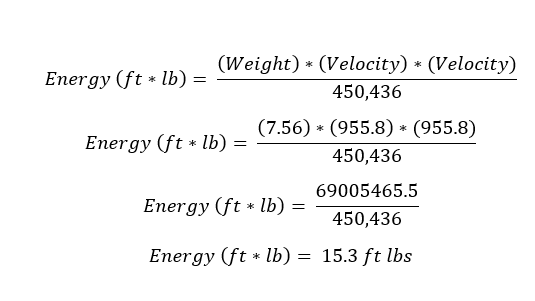
Recent Comments